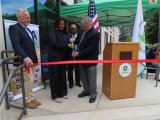Search Perspectives
Filter By:
Displaying 1 - 15 of 24 results
-
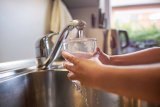
Lead in Private Well Water and its Impacts on Children's Health
There is no safe level of lead. Lead can be present in drinking water without any noticeable changes in color or odor. It is the responsibility of private well owners to test their water for lead and to take appropriate measures to mitigate exposure.
- Date:
- By: Sara Eaves
-
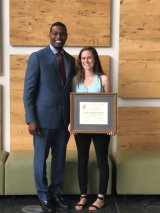
From Teacher to Author: How Climate Literacy Guided My Career
Early in my career I realized that shifting the mindset of students in my classroom, especially on a social norm that valued consumerism over environmentalism, was a challenge with context and nuance far beyond my classroom walls.
- Date:
- By: Jenna Hartley
-
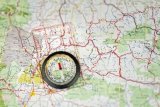
Supporting the Cancer Moonshot Effort at EPA
I learned that one of the best ways to fight cancer is to prevent it from occurring in the first place. EPA supports the Cancer Moonshot effort by understanding and preventing toxic and environmental exposures and preventing more cancers before they start.
- Date:
- By: Danelle Lobdell
-
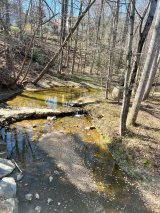
Acting Upstream for Creek and Community
A common threat to streams is runoff from heavy rains that cause floods, wearing away at riverbanks. Across the country, the Green Infrastructure program works with communities to address the effects of stormwater runoff through a variety of programs.
- Date:
- By: Jake Krauss
-

Fifty Years Later
I viscerally remember what it felt like to walk through the dark entrance halls, turn a corner and then stop before the spectacular Giant Ocean Tank. I was able to connect these visits, 50 years apart, in my head and heart, in ways I never had before.
- Date:
- By: David Cash
-
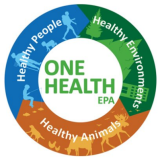
Leading One Health at EPA
We recognize the interdependence of the health of humans, animals, and the environment. When EPA protects the environment (air, water, and soil), EPA is protecting humans, animals, crops, and ecosystems.
- Date:
- By: Dr. Tonya Nichols
-
Refreshing EPA’s Corvallis, Oregon Laboratory Facilities
By the end of our six year renovation project we overhauled and created 26 new labs and 69 new workstations and offices.
- Date:
- By: Alan Thornhill, Ph.D.
-

Investing in America to Build a Brighter, Healthier Future
With unprecedented investments, we are moving further and faster than ever before to build a healthier and brighter future for our people and our planet.
- Date:
- By: Michael Regan
-

5 Ways EPA is Protecting People and the Planet
These past few months, EPA has moved further and faster than ever before to build a healthier and brighter future for all.
- Date:
- By: Michael Regan
-
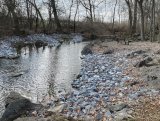
Bringing a Local Stream Back to Life
When we start with clean water, we instantly reduce the amount of nutrients reaching larger bodies of water. Paddy Run may be small, but the smallest streams often have the biggest impact.
- Date:
- By: Christine Gonnelli
-

Revitalizing Water Infrastructure: Rolling toward safer water for communities
EPA’s WIFIA financing provides billions of dollars in credit assistance and creating local jobs while saving ratepayers and communities money. If you are interested in a WIFIA loan, you can submit a letter of interest to EPA at any time.
- Date:
- By: Jorianne Jernberg
-
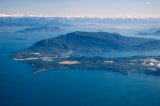
Reducing Water Pollution from Power Plants
This action protects our nation’s vital water resources that support safe drinking water, agriculture, and healthy communities while providing greater certainty for industry.
- Date:
- By: Radhika Fox
-

Learning about water use in one of the driest states in America
Getting people to change their water use habits is more complicated than just putting up posters. There is clearly a major gap in water knowledge and action - raising awareness of water use concerns is the first step for a sustainable future.
- Date:
- By: Cameron Hodges
-
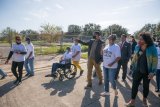
Two Years of Delivering Real Results to Real People
Over the last two years we’ve had plenty of reasons to celebrate. We’re moving faster than ever before and we're not stopping now. Let’s go!
- Date:
- By: Michael Regan
-
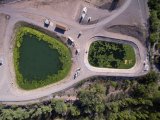
Researching Improvements for Wastewater Lagoons in Small, Rural and Tribal Communities
Lagoons are mostly found in small, rural, and Tribal communities that face disproportionate environmental justice concerns. These are some of our most vulnerable communities and often low income or communities of color are disproportionally impacted.
- Date:
- By: Radhika Fox

